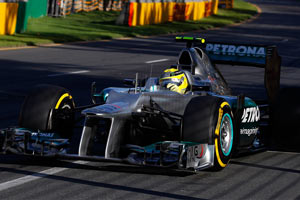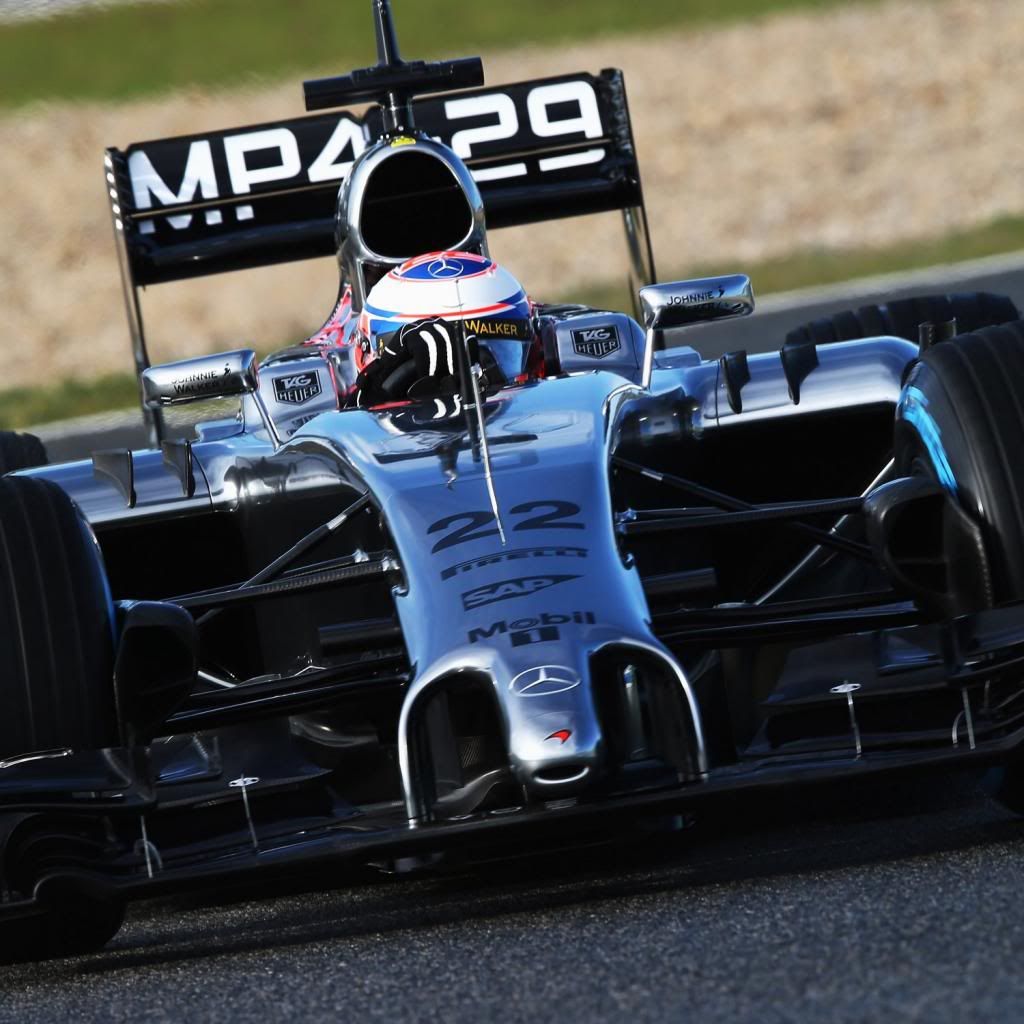Med4224 wrote:valachus wrote:
1. As for the starts, you cannot really compare yet. Michael was starting way down the grid, a Mclaren isn't a Force India after all. Michael had a very good start in Australia. Today he had a bad one by his own fault. But it would be unreasonable to expect him to take on more than 1 position if he is qualifying so high considering who is ahead.
2. On the exhaust issue. Spot on. Mercedes was caught napping last year with the EBD, and this year again. Brawn went on to call the other solutions to be "questionable" which means such exhaust solutions didn't even occur to them. There seems to be a weakness in that area for the 2nd year in a row.
3. On the tyre issue, it is simply baffling. Since 2010 on this forum many people remarked that this team -Honda - Brawn - Mercedes- had tyre problems, since the early 2000s. The front tyres seem to be acceptable this year, but the rear is the same as last year. The window for the tyres to work is very tight, and so far, they couldn't reach it once, and they overshot it today. Brawn remarked that solving the tyre issue is all they will do till next race... something is really strange there.
Hm. I didn't look on the internet to see if there are shape-memory rubber compounds on the market... there are, it appears:
http://www.sciencedaily.com/releases/20 ... 201154.htm
" the new material is transparent... engineers will be able to control the speed at which it returns to its original shape... at higher temperatures the material stretches like a rubber band, but, at lower temperatures, it stiffens up"
Now these temperature-triggered transitions can be fine tuned for temperature triggers and when they happen they're very quick and involve extremely strong forces - so I'm thinking perhaps that's [one of] the way[s] Pirelli are controlling the self-destruct sequence of the tyres - via a "fishnet" [can't find a proper English word right now], or layers of "fishnets", of such a material, imbedded in the tyre... And it's impossible to control that shape transition sequence by tweaking only the way mechanical forces act on the rubber, or the temperature of the contact patch with the road.
A tyre has an approximate 2 m of circumference... so, unless the temperature of the air that comes in contact with that material is more or less controlled, that's 500 temperature cycles per km. Material fatigue kicks in and the layer self-destructs

[Sorry for improvised terminology, as I said I'm quite non-technical]
....








